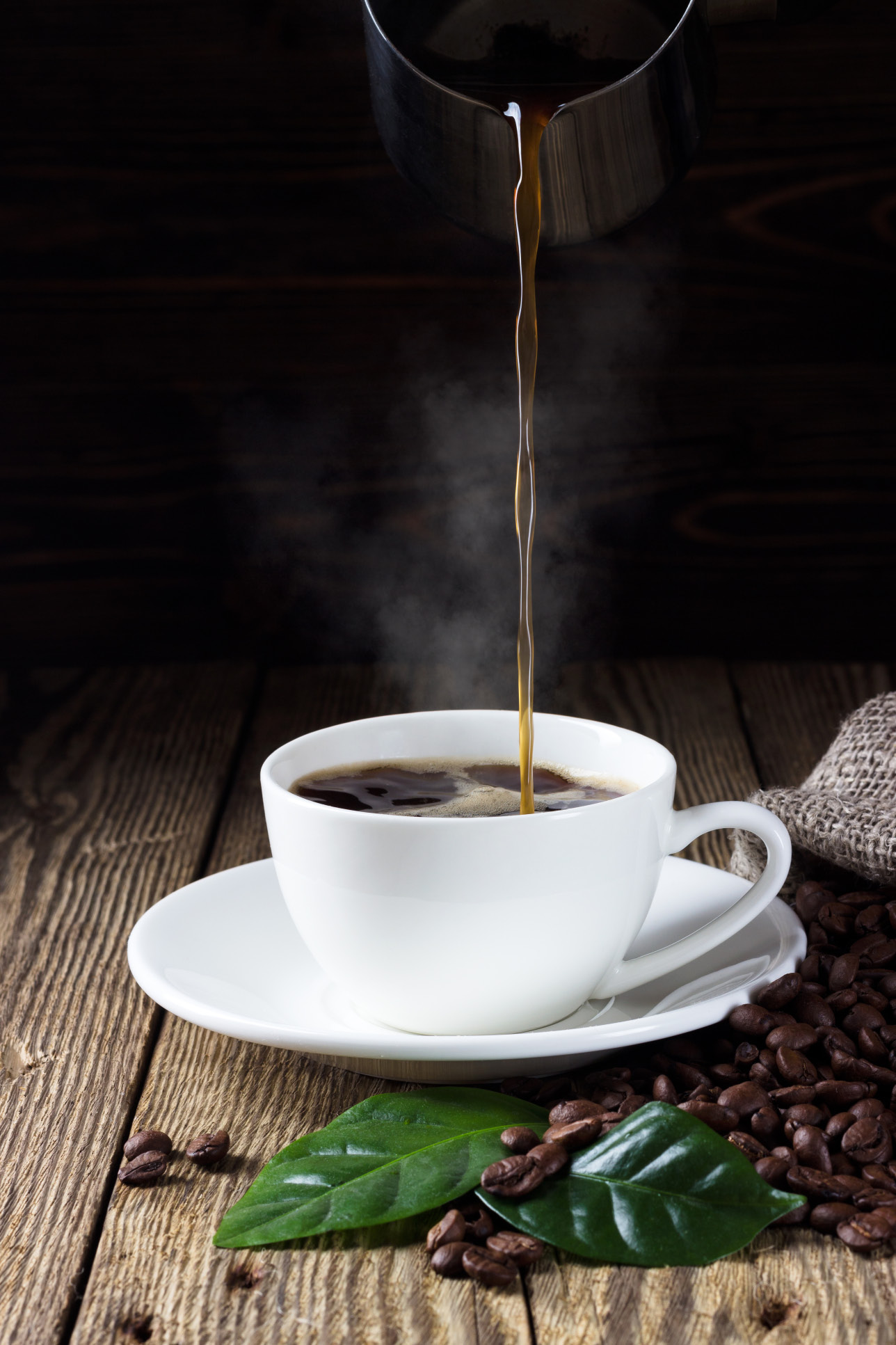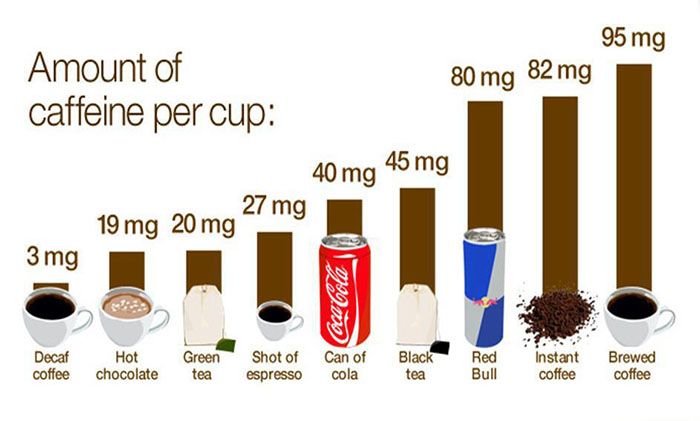

Caffeine 101 What is caffeine?Ĭaffeine is in over 60 different species of plants that tend to thrive in tropical climates.

Mind you it’s advised that you sip this drink slowly over 3-4 hours. It gets its high level of caffeine from 4 espresso shots, half a cup of cold brew (steeped for 10 days), and 8 cold brew ice cubes. The “Asskicker,” as it’s affectionately known, has the potential to nearly wake the dead. The caffeine content of Viscous Coffee is 80 times a typical espresso shot. Which coffee has the most caffeine? Viscous Coffee in Adelaide, Australia, boasts the strongest cup of coffee in the world. A typical cup of decaf coffee will have about 2 mg of caffeine. Decaf CoffeeĬontrary to popular belief, decaffeinated coffee is not 100% caffeine-free. There are about 70 mg per cup of instant coffee, but this may differ a lot by brand. Made from freeze-drying or spray-drying coffee extract, instant coffee requires only hot water or hot milk and stirring. Lattes are 1 part espresso, 2 parts steamed milk (mixed together), and 2 parts foam. Cappuccinos have a 1/1/1 ratio of espresso, steamed milk, and foam. What is the difference between a latte and a cappuccino? Both lattes and cappuccinos are made with the same ingredients, but the amounts used in each differ. Many popular coffee drinks are espresso-based, such as Pressurized, piping hot water shoots through compacted, finely ground coffee in an espresso machine. EspressoĪ shot of espresso is about 1 ounce and has about 68 mg of caffeine.Įspresso is typically made from robusta coffee beans for a bolder flavor and higher caffeine content. Using ice also reduces the caffeine in cold brew. The longer you cold brew coffee, the more caffeine it will contain. The lengthy process and the lack of boiling water result in a less acidic, smoother, and sweeter coffee.Ĭold brew coffee ranges from 182-280 mg of caffeine per 8-ounce serving. Cold Brewįor cold brew coffee, coffee grounds are steeped in room temperature or cold water for 8-24 hours. Drip coffee ranks on the lower end, while a cup via French press has nearly double the amount of coffee as drip.įilter coffee, french press, and pour-over coffee fall under this umbrella. There are 116-223 grams of caffeine in a “regular” 8-ounce cup of coffee, depending on how you make it. Image used with permission from Brewed Coffeeīrewed coffee, sometimes just known as “regular coffee,” is hot water poured over ground coffee beans.

Brewed light and blonde roasts may have more than 400 mg in a large serving. Lattes, cappuccinos, and mochas will be under 200 mg of caffeine. The caffeine content in coffee varies due to:Ī venti coffee drink from Starbucks, for instance, may contain anywhere from 150-475 mg of caffeine. The finer the grind, the greater the surface area of the grounds, which means a faster release of both caffeine and flavor. Also, the higher the water temperature, the more caffeine is extracted. Generally, the lengthier the brewing time, the higher the caffeine content. Note: The amount of caffeine lost during longer roasting is fairly nominal, so this doesn’t have as significant an impact as the other factors. Dark roast coffee has the least caffeine, while gold roast and light roast have the most caffeine per serving. Lighter roasts tend to have a bit more caffeine than darker roasts, as some caffeine is essentially cooked off. Coffee beans grown at a higher altitude will typically have less caffeine than those grown at a lower altitude. Where the coffee beans were grown can come into play. Arabica tends to contain less caffeine than robusta. The two primary types of coffee beans are arabica and robusta. What affects caffeine content?Ī few factors determine caffeine content in coffee. Caffeine levels vary widely among caffeinated beverages (including tea, energy drinks, and other sources).īecause research suggests you should limit your intake to 400 milligrams per day, it’s important to know how much you’re getting (and the drawbacks of getting too much). However, coffee preparation and roasting can vastly alter the amount of caffeine in coffee.įor most Americans, caffeinated coffee is the primary source of caffeine. That’s a far cry from the generic “95 milligrams per cup of coffee” most people have read about. According to a 2019 project by Coffeeness, there are between 49.2 and 280 milligrams of caffeine in a single serving of coffee.


 0 kommentar(er)
0 kommentar(er)
